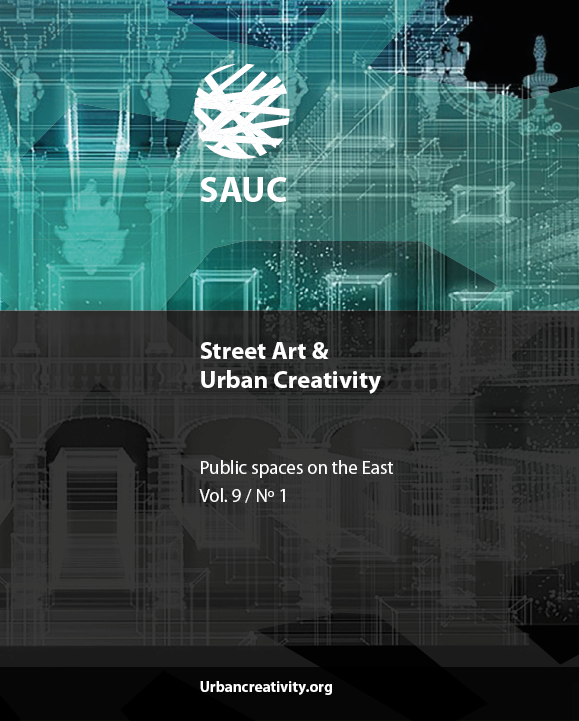Strategies of Urban Spaces Developments Approaching Urban Events in Iranian Cities
DOI:
https://doi.org/10.25765/sauc.v9i1.634Keywords:
City, Artwork, Urban Design, Urban Events, Iranian Cities.Abstract
The city is a complex and integrated reality of all social, cultural, economic, environmental, physical and other environmental factors. Designing a city that takes into account the qualitative criteria of these factors can be a creative work and creative urban spaces and the city as a work of art. In the city as an artistic phenomenon, beauty is a key feature of the city and its components. Features such as order, harmony, cohesion and consistency in the city can also be seen as works of art. Therefore, the purpose of this paper is to explain the approach of the city as a creative work of art and design as a strategy for achieving it through exploratory research and interdisciplinary research and documentary research methods and library studies. Be. The results of this research indicate that the use of urban design art is one of the most important factors in attracting tourists, investors and economic and tourism boom. Creativity in the design of public spaces, buildings and social centers can be done in a contemporary, traditional context. Public spaces, squares and streets, urban and neighborhood entrances, public places, cultural, social, pilgrimage, recreational, sports, and economic hubs in Iranian cities are among the most important areas of applying creativity to create artwork. Applying creative power and expanding it in various fields will bring to light interesting and unique phenomena in different areas and areas and will create a beautiful and artistic city. Iranian cities have many beautiful urban spaces, squares, garden alleys, museums, mosques that act as urban place brands for citizens and tourists.
Downloads
Global Statistics ℹ️
|
190
Views
|
50
Downloads
|
|
240
Total
|
|
Downloads
Published
How to Cite
Issue
Section
License
Those authors who publish in this journal accept the following terms:
-
Authors retain copyright.
-
Authors transfer to the journal the right of first publication. The journal also owns the publishing rights.
-
All published contents are governed by an Attribution-NoDerivatives 4.0 International License.
Access the informative version and legal text of the license. By virtue of this, third parties are allowed to use what is published as long as they mention the authorship of the work and the first publication in this journal. If you transform the material, you may not distribute the modified work. -
Authors may make other independent and additional contractual arrangements for non-exclusive distribution of the version of the article published in this journal (e.g., inclusion in an institutional repository or publication in a book) as long as they clearly indicate that the work was first published in this journal.
- Authors are allowed and recommended to publish their work on the Internet (for example on institutional and personal websites), following the publication of, and referencing the journal, as this could lead to constructive exchanges and a more extensive and quick circulation of published works (see The Effect of Open Access).













